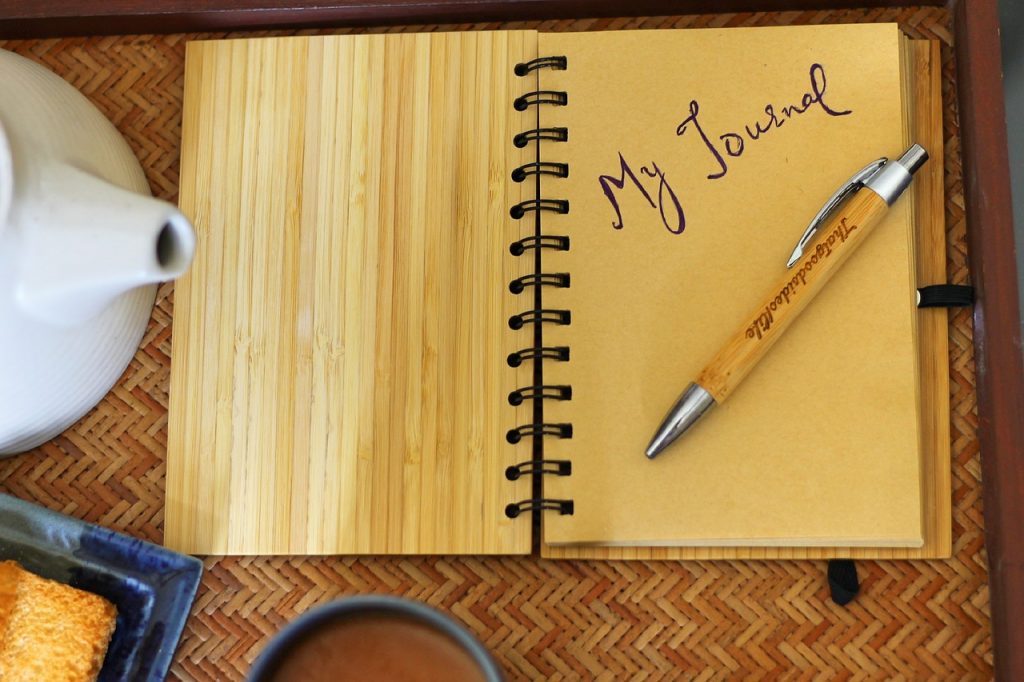One of the most common forms of expression is channeling emotions through writing. As a kid, you may have been given a diary to entrust with all of your secrets. As an adult, one of the most effective ways to process difficult emotions can be putting them down in writing. Keeping a journal can help provide the necessary steps to identifying triggers, prioritizing symptoms, and reducing future symptoms. If you’re not one for writing, keeping a photo journal can be equally expressive.
Understanding mental health
If you find yourself battling with your mental health, it’s important to know you’re not alone. About 17 million Americans live with a form of depression, and more than 40 million express symptoms of anxiety. Unfortunately, because of the stigmas surrounding mental disorders, more than half of these patients don’t seek professional help.
If your symptoms feel overwhelming, seeking help is a noble first step. Whether you fight the daily triggers of anxiety or battle a serious substance addiction, resources are available. Finding the right form of help is as simple as starting with an online search. Simply search “addiction rehab in Toronto” or “treatment centers near me” and do some research to find the best fit.
Creating a photo journal
If you’re unsure where to begin, think of your photo journal as a social media account for your anxiety. Your journal should be a place to both document your emotions and track your common triggers. To reduce the hassle of organizing your photos on your own, you can sign yourself up for a free photo storage account. These accounts provide you with the tools to neatly organize your photos with the option to share them with others. If the time comes that you decide to seek professional help, this service could be ideal for sharing your history with the counselor.
When you’re ready to start your journal, begin documenting the moments in your day where your anxiety is at its highest and lowest points. You can take a photo of your triggers like a pile of homework, a large bill, or a screenshot of a text conversation. After you’ve uploaded the photos to your storage account, add comments on how you felt at that moment. You can arrange subfolders such as daily, frequent, or occasional triggers to keep track of frequencies. This will also be helpful for you or a counselor to determine the best course of treatment.
How does photo journaling heal?
Keeping a photographic journal of your mental health helps to channel overwhelming symptoms. Taking chaotic thoughts and putting them in a concrete location can be cathartic for many patients. You may have triggers that you’re not aware of or habits that aren’t detected until you see them in your journal. In this sense, having visual documentation can be helpful to find ways to cope.
It’s important to also document positive moments in your journal. When you find something that helps to ease your stressors, put it in your photo journal as well. If you find that a particular song, movie, or conversation has been helpful, take a photo and create a file to store them in. If you find yourself in a flare of your mental battles, you can revisit these photos for healing.
There’s no right or wrong way to cope with mental illness. Like many things in life, what works for one person may be counterproductive for another. The next time you feel your mental health in need of a pick-me-up, grab a camera, and get to journaling.

